When you go to make a purchase online, you might conduct a number of different searches. You might start off with a pretty high-level product-focused search, then you might start to narrow down on specific features or benefits, and then once you're ready to make the purchase, you might conduct a brand search and go directly to the site that you want, find exactly what you want, and convert.The challenge for advertisers is to determine which of those touch points should get credit for that conversion.
Is it the last one that was the closest to the actual purchase? Is it the first one where the customer became aware of your brand? Or is it some combination of those two, with the touch points in the middle getting some form of credit? That's what attribution models seek to help you figure out.
There are six different attribution models that will assign credit for conversions based on different modeling to help you make sure that you're focusing on the right campaigns, ad groups, and keywords in your account. So today I want to run through the six different attribution models in Google Ads, explain what each of them are, and then I'm going to tell you a report that you can look at to compare the numbers between different models with your existing campaigns. And lastly, we'll go over how you can adjust the attribution models for each of your conversion actions to make sure you're optimizing on the metrics that you want. I want to start off by talking through the six different kinds of attribution models that we have available.
First is going to be the last click attribution model. This is going to be the default. This is what pretty much every platform uses. This is what we've been opted into for the last however many years that the Google Ads platform has been around. Effectively, all credit is given to the last touch point within your Google Ads account before a conversion. So in theory, if somebody did three separate Google searches for something, only the last one would get credit with the last click model. This also tends to be why brand conversions get a lot of credit because usually if you're trying to do some research, you go through, you do all the research, you're comparing brands, all that sort of thing. The last option that you usually search is going to be a brand keyword.
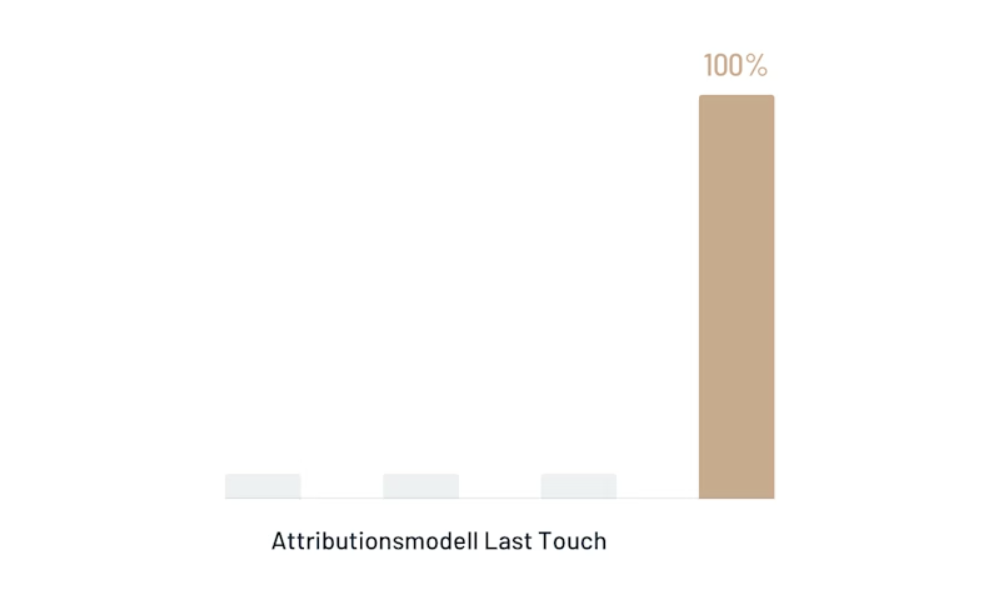
The next model is just as basic, just as easy, but it's the complete opposite, if you will. So first click attribution model is going to be the attribution model that gives all of the credit to the first click when somebody comes through. So again, if we go back to the example where somebody searched for three different phrases clicked on your ad every time, the first search that they conducted, whatever that keyword ad group campaign was, that is going to be given all of the credit for the conversion. No other touch point, whether the second one or the third one, which is the last one, will be given any credit. Everything goes to the first one.
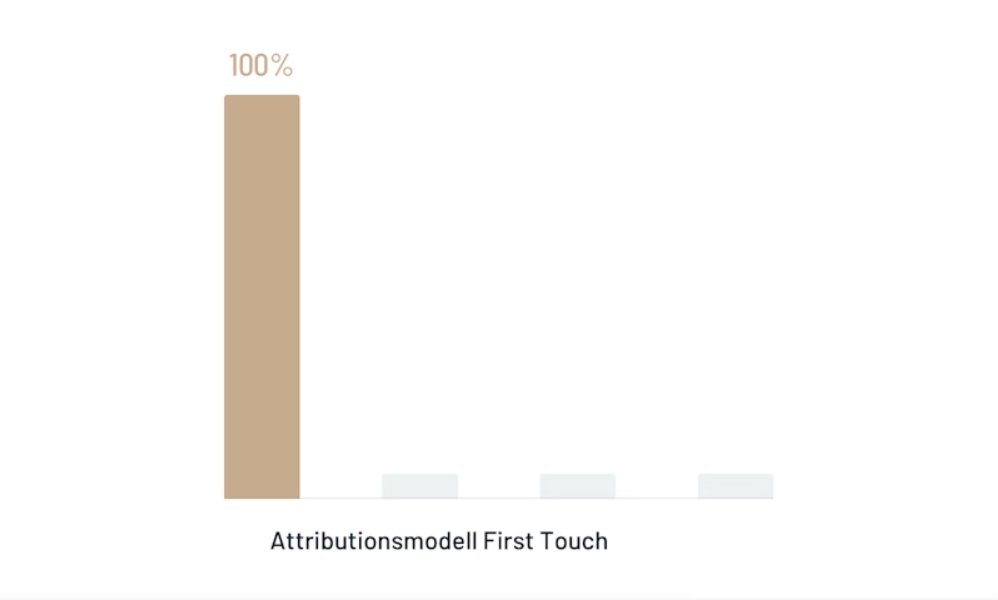
Now we're going to start getting into more of the complex attribution models where we have credit divvied up based on different touch points throughout the conversion process. The easiest one to grasp, I think, is linear attribution model . This means that credit is shared equally across any touch point. So if you have that same three different search queries, each one is going to be given one-third of a conversion because there were three different steps, and each one, according to this model, played an equal role in getting that conversion. Although the example I gave only has three touch points, you can see in the chart here that it has an example of four different touch points. This can be upward of 10, 20, doesn't matter how many touch points there are, we will give credit equally to all of the different actions that went into that conversion.
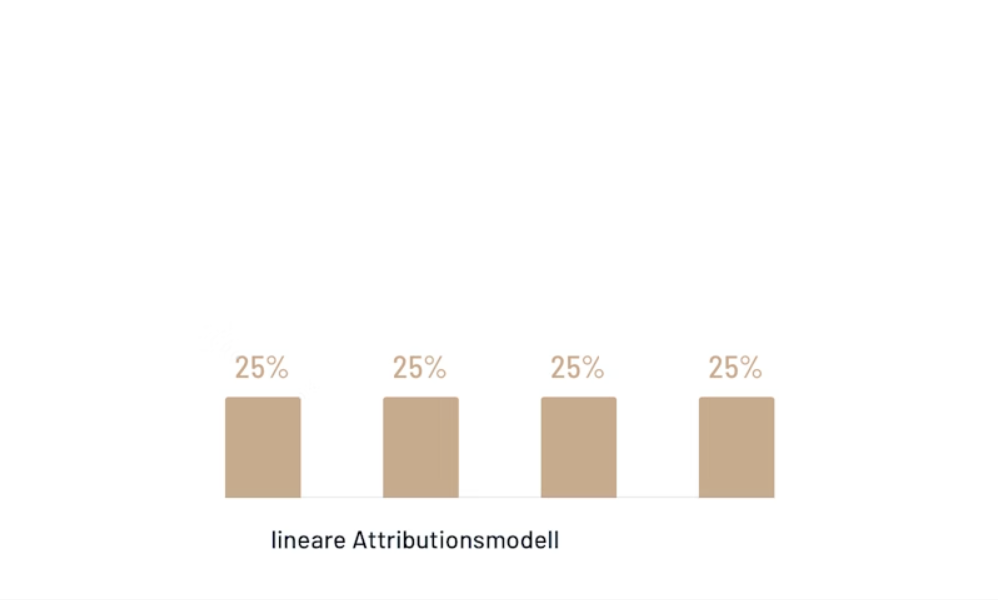
The next option is time decay attribution model , and in this model you're given credit to add interactions that are closer to the conversion itself. So basically the first touch is going to have the smallest amount of credit, and then each subsequent step after that is going to have more and more credit given to it, with the last touch point having the most out of however many steps were in there. There is a note that says credit is distributed using a seven-day half-life, so once it hits that eight-day mark and it's eight days away from when the conversion took place, it'll only be given half the credit had it been given if it would have converted a day earlier. So there is a half-life that goes into it to make sure that the most recent touch point gives the most credit.
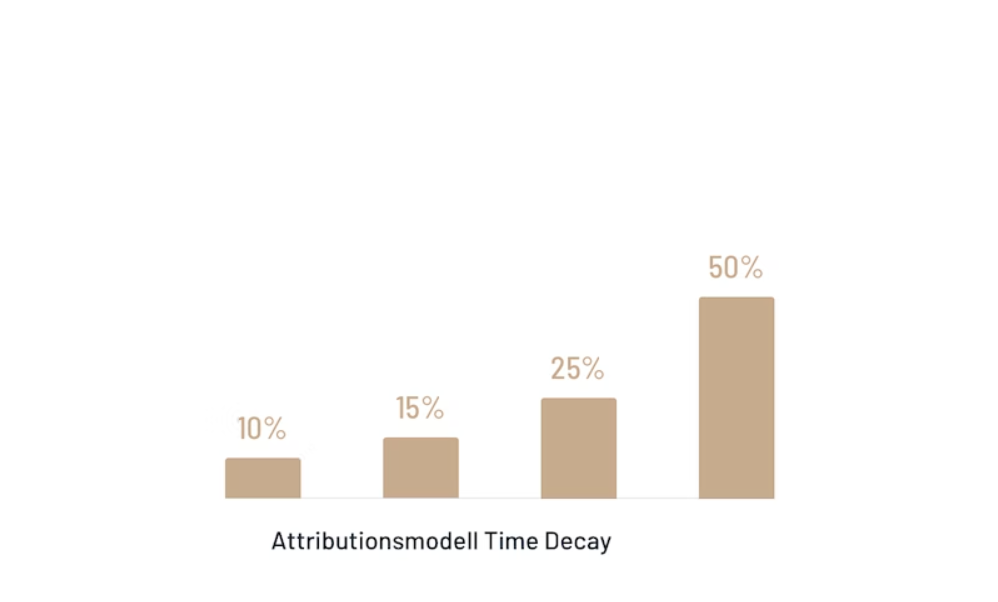
The next option is position-based attribution model , and as you can see by the images here, the first and last touch get a good amount of the credit, but there's still credit given to those touch points in the middle. Basically in position-based, the first touch gets 40% of the credit, and the last touch gets 40% of the credit. Then all of the touch points in the middle split up the remaining 20%. So in this model you're always going to have 40% on first click, 40% on last click, and then if there are two touch points in the middle, each will get 10%. If there's only one, it'll get all 20%. This way it kind of helps give some credit to the first, last, but it doesn't ignore any of the touch points that happen in the middle to make that conversion happen.
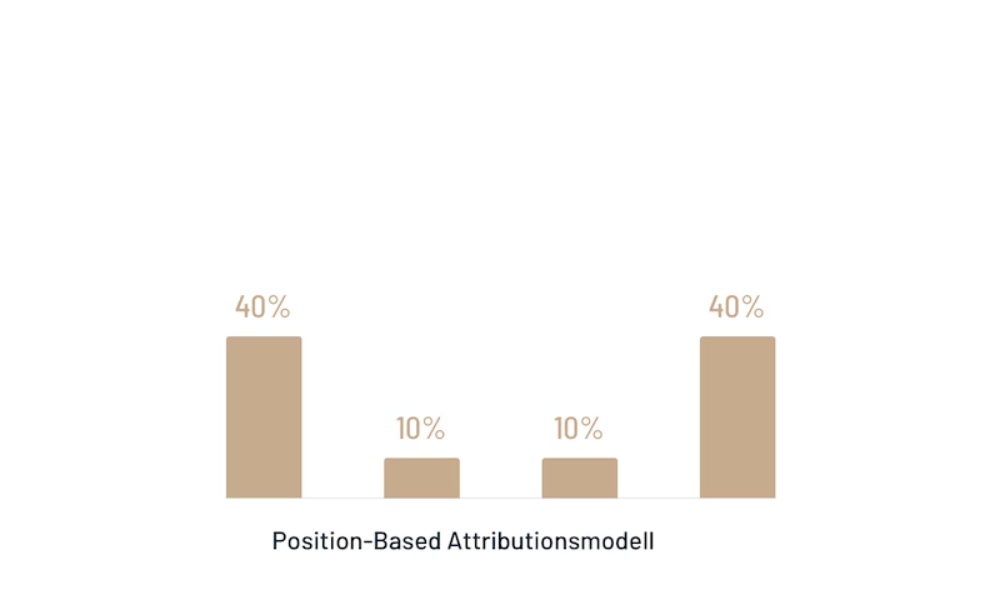
The last option is data-driven attribution model, and here we will use your conversion action data from previous conversions and divvy out credit based on what the data says. If this conversion for whatever reason tends to have more influence from the first click, it'll give more credit there, and then divvy it up as it sees fit based on what your data says for each of the subsequent touch points along the conversion path. Although we don't get to see what the data is, this is kind of a black box. It does feel a little bit like some of the bidding strategies that Google has. This is a good attribution model to use if you have enough volume. There are some limitations on data-driven attribution. To use this model, your conversion action must have at least 3,000 ad interactions on the supported network, and it must have 300 conversions within the last 30 days. So effectively you need to average about 10 conversions per day to be able to use data-driven attribution for that conversion action.
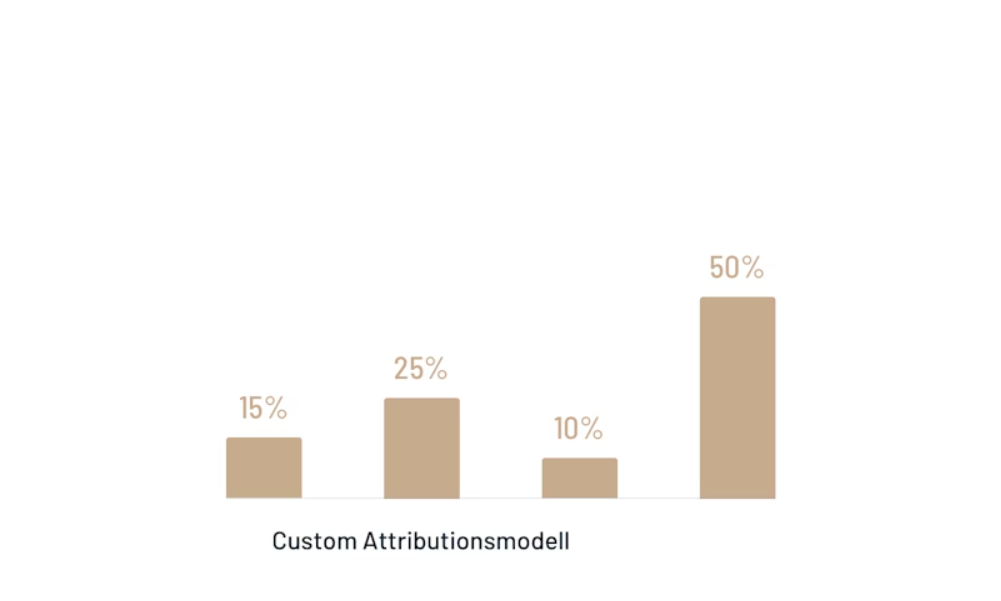
Each of these different models have their own use case, and there's no right or wrong model that you should use for your business. The data-driven model is great insofar as it uses data based on previous conversions, but again it is a little bit of a black box, and not all accounts are going to be eligible for it because of volume limitations. The main thing to take away from these different attribution models is that since last click is the default and it gives the most credit to the click right before the conversion, every other attribution model is going to have some sort of a growth focus because it gives more credit to touch points that happened earlier on in the conversion process than the last click. So depending on how aggressive you want to be with a growth mindset, different attribution models might make sense for you. But you don't have to decide this in a vacuum. You don't have to just look at these options, choose the right one, and go from there.